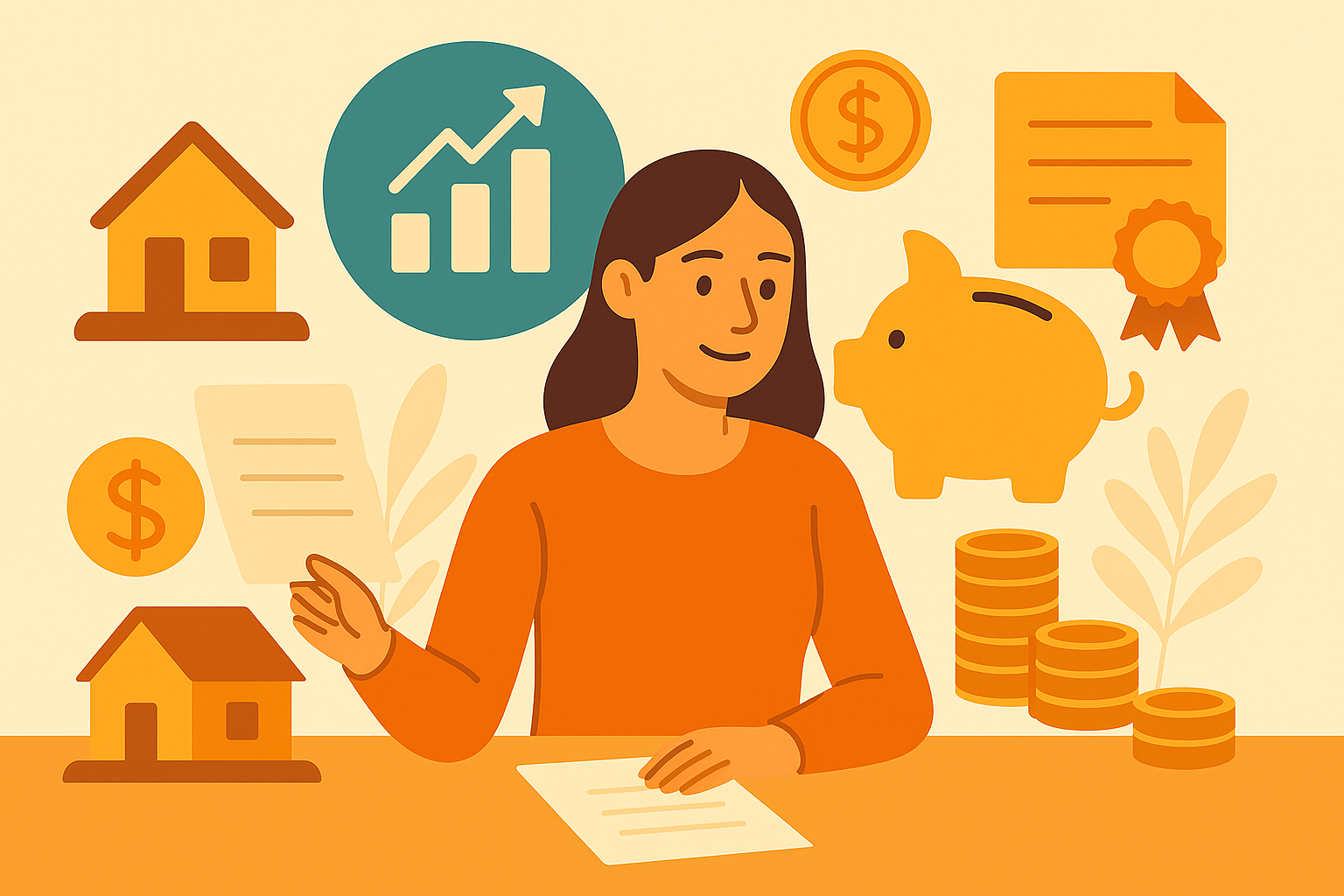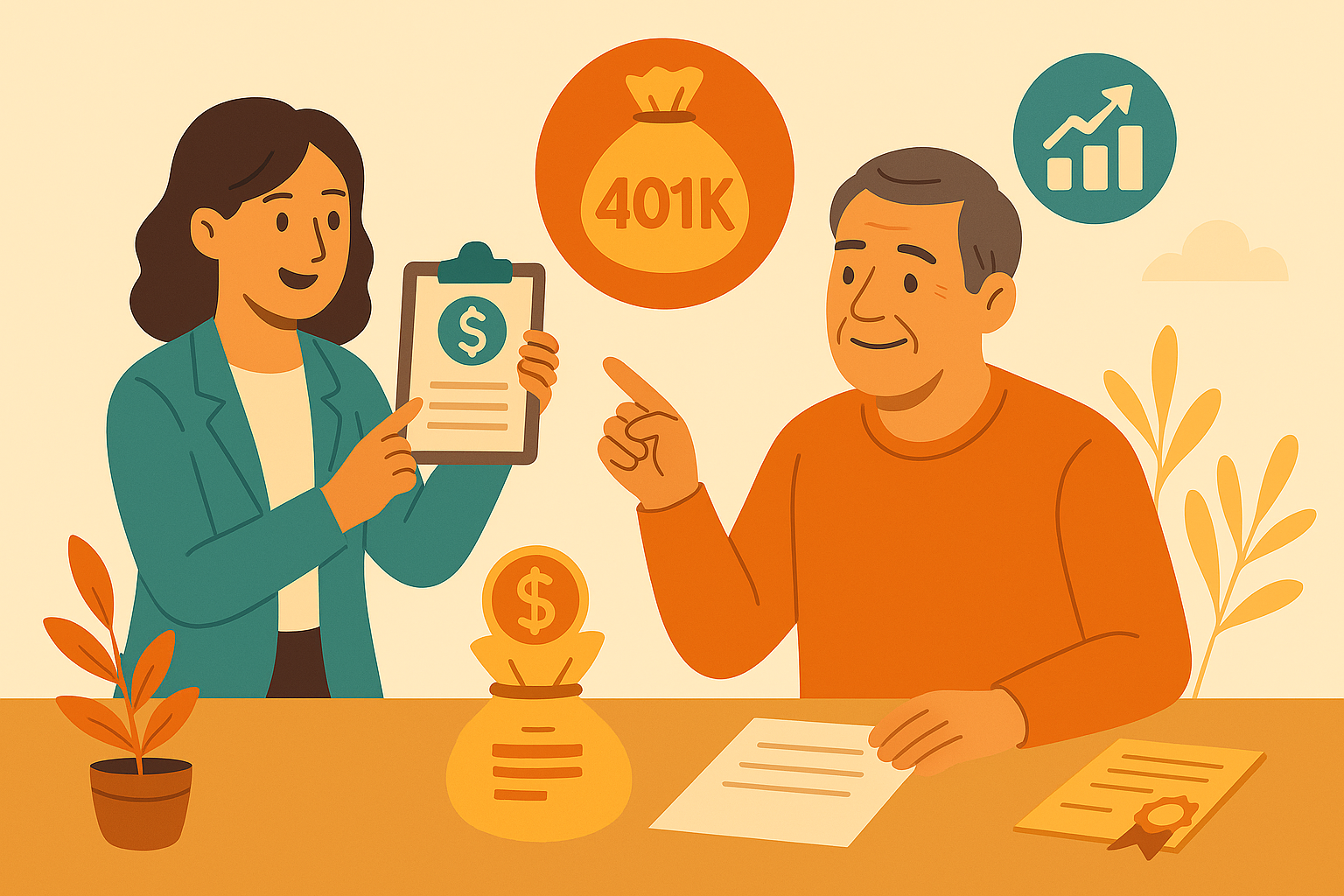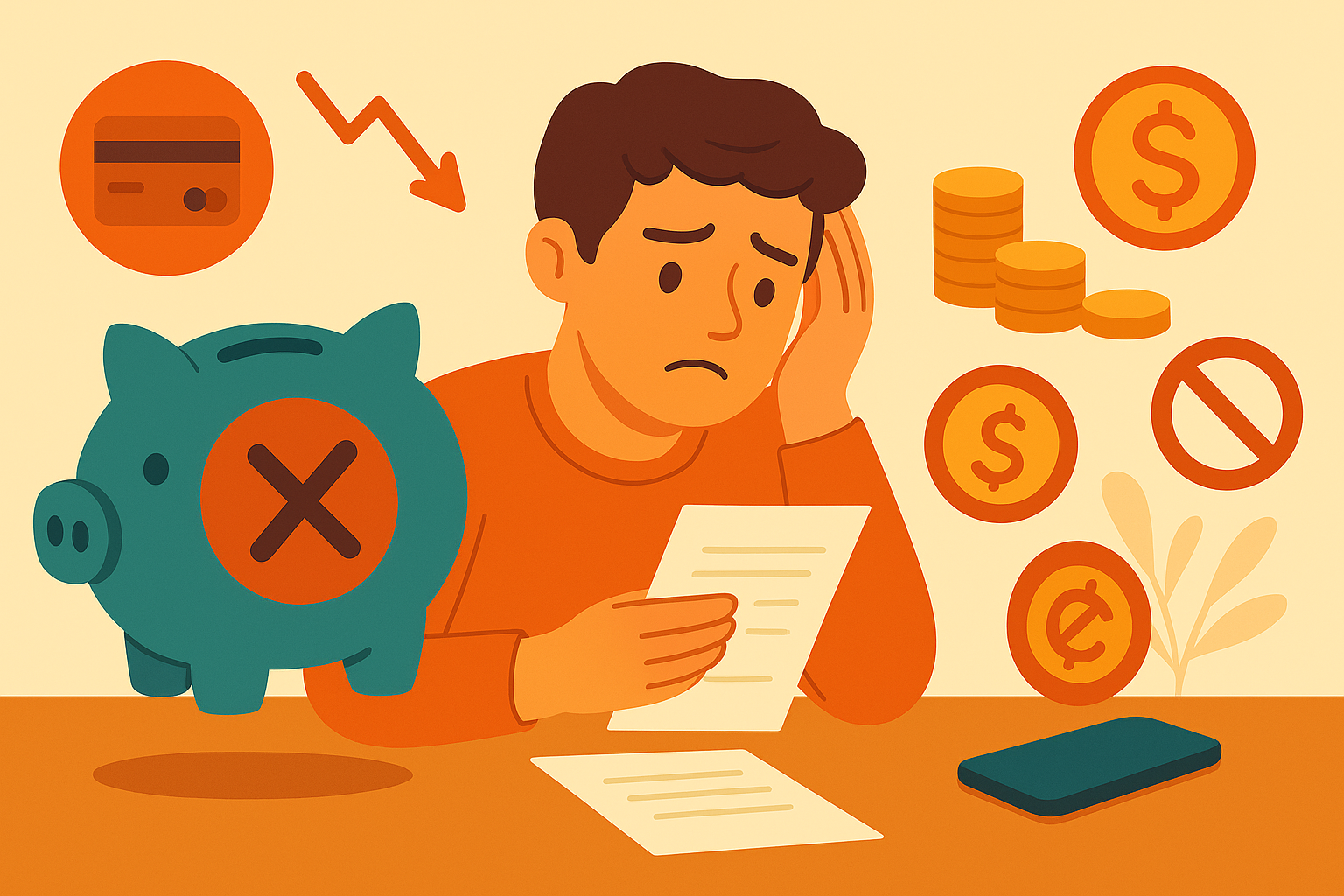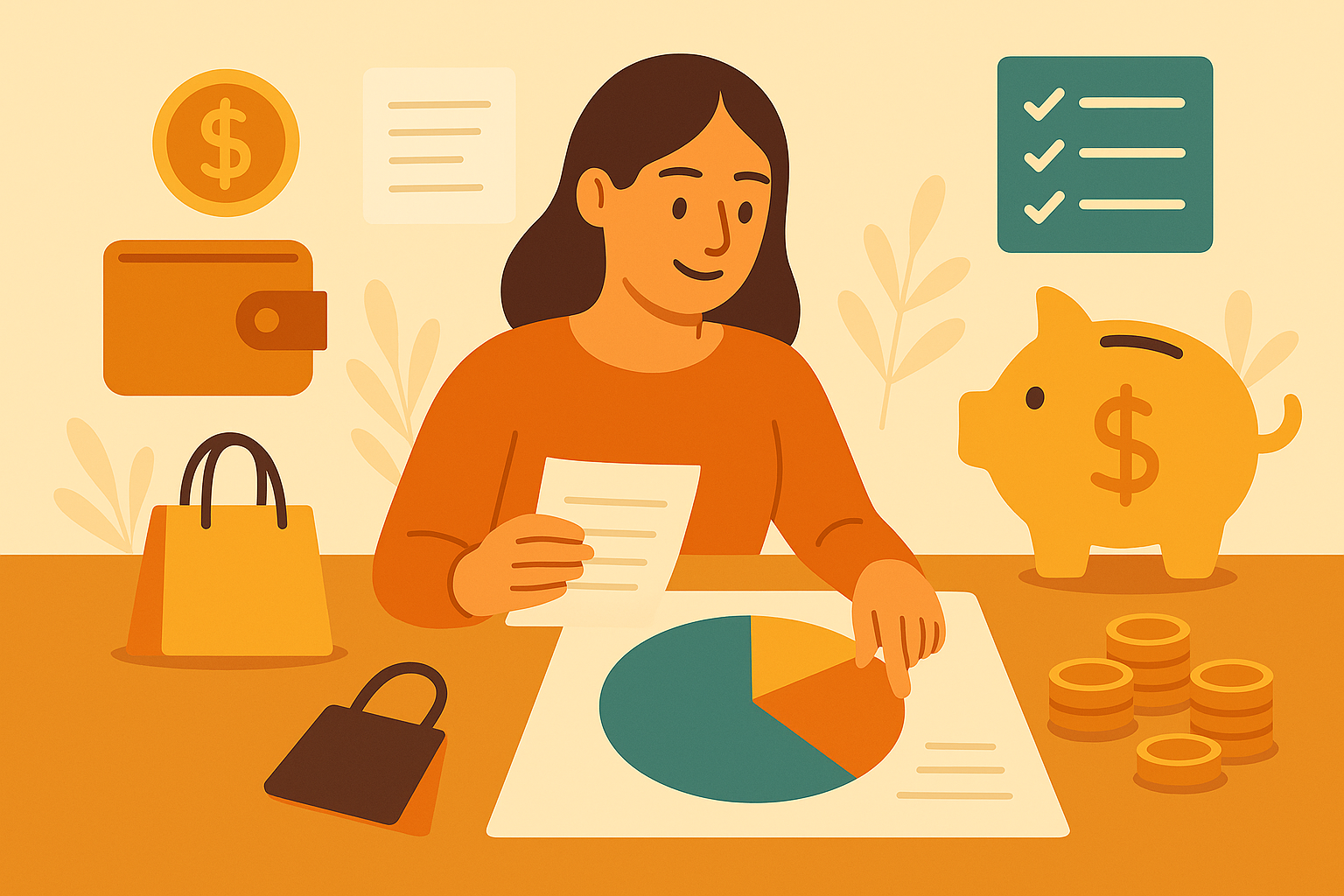Hey friend! So you’ve got your emergency fund sorted, you’re budgeting like a boss, and now you’ve got some extra cash sitting in your checking account. The next question naturally becomes: “Okay… now what do I do with this money?” If you’re wondering about the different types of investments for beginners, you’re in the right place.
I remember being in this exact spot about five years ago. I’d saved up a few thousand dollars and knew I should “invest it,” but honestly? I had no clue where to start. Stocks? Bonds? Real estate? Gold? Crypto? Understanding the types of investments for beginners felt impossible – it was like everyone was speaking a different language, and I was too embarrassed to ask basic questions.
So I did what any confused millennial does – I went down a massive research rabbit hole. Some decisions were great. Others? Well, let’s just say I learned some expensive lessons along the way.
Today, I want to break down the main types of investments for beginners that actually make sense. No jargon, no BS, just real talk about what these things are and how you can actually get started. Think of this as the guide I wish someone had given me back then.
1. 401(k)
This was my first real investment, though I didn’t even realize it at the time. When people ask about types of investments for beginners, a 401(k) should always be at the top of the list.
What it is: A 401(k) is a retirement account offered through your employer with serious tax advantages. The money you contribute gets invested (usually in mutual funds or index funds), and it grows tax-deferred until retirement. But here’s the best part – many employers match your contributions, which is literally free money.
My biggest regret: I didn’t sign up for my company’s 401(k) for the first year I worked there because I thought I “couldn’t afford it.” Turns out, my company matched 50% of contributions up to 6%. I literally left thousands of dollars of FREE MONEY on the table. Don’t be like young me.
How to get started:
- Check if your employer offers 401(k) matching
- If they do, contribute AT LEAST enough to get the full match
- Start with whatever you can afford, even if it’s just 3-6% of your paycheck
- The money comes out automatically before you even see it
The real deal: If your employer offers matching, this is the absolute first place your investment dollars should go. It’s an instant 50% or 100% return on your money. You can’t beat that anywhere else.
2. IRA and Roth IRA
After I maxed out my 401(k) match, I learned about IRAs – and honestly, I wish I’d known about Roth IRAs way earlier.
What they are: IRA stands for Individual Retirement Account. Unlike a 401(k), you open this yourself (not through your employer). There are two main types:
- Traditional IRA: You get a tax deduction now, but pay taxes when you withdraw in retirement
- Roth IRA: You pay taxes now, but all your withdrawals in retirement are tax-free (including the growth!)
Why I love Roth IRAs: I contribute to a Roth IRA because I’d rather pay taxes on my money now while I’m in a lower tax bracket than later when (hopefully) I’m making more. Plus, the idea of tax-free growth for 30+ years? That’s huge.
How to get started:
- Open an account with Vanguard, Fidelity, or Schwab (takes about 15 minutes)
- You can contribute up to $7,000 per year (as of 2024)
- Choose Roth if you’re young and expect to earn more later
- Set up automatic monthly contributions
The real deal: IRAs give you more investment choices than most 401(k)s. After getting your employer match, maxing out a Roth IRA should be your next priority. The tax-free growth is incredible over time.
3. Index Funds & ETFs
I’m a little biased here because index funds completely changed my financial life, but there’s a reason every financial expert recommends these for beginners.
What they are: Instead of picking individual stocks (which is honestly like trying to find a needle in a haystack), index funds let you buy a tiny piece of hundreds or thousands of companies all at once. An ETF (Exchange Traded Fund) is basically the same thing but trades like a stock during the day.
Why I love them: Remember how I mentioned trying to pick individual stocks? Yeah, I lost money doing that. Meanwhile, my boring S&P 500 index fund quietly beat most of my “genius” picks. Index funds are simple, cheap (low fees), and historically they’ve returned about 10% annually over the long term.
How to get started:
- Open a brokerage account (Vanguard, Fidelity, or Schwab are all great)
- Buy something simple like VTI (total US stock market) or VOO (S&P 500)
- Set up automatic investments – even $100 a month adds up big time over decades
The real deal: This is where most of your long-term wealth building should happen. It’s not sexy or exciting, but it works. Warren Buffett literally recommends index funds for most people. If it’s good enough for Warren, it’s good enough for me.
4. Individual Stocks
I almost didn’t include this one, but let’s be real – you’re curious about it. I was too.
What they are: Buying shares of individual companies like Apple, Tesla, or Netflix. When the company does well, your shares go up. When it doesn’t… well, you get the idea.
My experience: I bought three stocks back in 2019 thinking I was going to be a stock market genius. One did great (up 40%), one stayed flat, and one tanked (down 60%). Overall? I would’ve been better off just buying an index fund and calling it a day.
How to approach it: If you really want to scratch the stock-picking itch, keep it to maybe 5-10% of your investment money. Think of it as your “fun money” that you can afford to lose. The rest should go in index funds.
The real deal: Picking individual stocks is hard. Like, really hard. Even professional fund managers with entire research teams can’t consistently beat the market. If you do this, go in with your eyes open and don’t bet money you can’t afford to lose.
5. Bonds & Bond Funds
When I first heard about bonds, I literally fell asleep reading about them. But now? I actually appreciate how boring they are.
What they are: When you buy a bond, you’re basically lending money to a government or company, and they pay you interest. They’re way less volatile than stocks, which means they won’t make you rich quick, but they also won’t tank 40% overnight.
Why they matter: Bonds balance out the crazy ups and downs of stocks. When I was 100% in stocks and the market dropped 30% in 2020, I was freaking out. Now that I have some bonds in my portfolio, I sleep better at night.
How to get started:
- Bond index funds like BND or AGG are the easiest way
- I Bonds (inflation-protected government bonds) are great right now
- General rule: your age in bonds (so if you’re 30, maybe 30% bonds, 70% stocks)
The real deal: Young folks don’t need a ton of bonds since we have time to ride out stock market crashes. But having 10-20% in bonds keeps things stable and helps you avoid panic-selling when stocks drop.
6. Gold, Silver & Commodities
My dad has been telling me to “buy gold” for years. I used to roll my eyes, but I’ve actually come around to understanding why people invest in precious metals and commodities.
What they are: Physical commodities like gold and silver, or more commonly, ETFs that track their prices. People buy them as a hedge against inflation and economic uncertainty.
Why people like them: When everything else is going crazy – inflation’s high, markets are tanking, politicians are doing politician things – gold tends to hold its value. It’s been considered valuable for literally thousands of years.
How to get started:
- Gold/silver ETFs like GLD or SLV (easiest way)
- Physical coins or bars if you want the real deal (just figure out where to store them safely)
- Keep it to maybe 5-10% of your portfolio max
The real deal: I keep a small amount in gold (about 5%) as insurance. It doesn’t pay dividends or interest, so it’s not a wealth-builder, but it’s a decent diversifier. Just don’t go overboard – you’re not preparing for the apocalypse here.
7. Cryptocurrency
I debated including this because crypto is… well, it’s a lot. I’ve got a small amount in Bitcoin and Ethereum (maybe 3% of my investments), and I’ve watched it go up 100%, down 60%, and everywhere in between.
What it is: Digital currencies that exist on blockchain technology. Bitcoin is the big name, but there are thousands of different cryptocurrencies out there.
My experience: I bought some Bitcoin in 2020 out of curiosity and FOMO (fear of missing out). Watched it double, then crash, then recover. It’s been a rollercoaster, and honestly, I treat it more like a speculative bet than a real investment.
How to approach it: If you want to invest in crypto, treat it like Vegas money. Only invest what you can afford to completely lose. Don’t let it be your entire strategy. And for the love of everything, don’t invest based on random Twitter advice or meme coins.
The real deal: Crypto is extremely volatile and speculative. It might be the future of finance, or it might not. If you’re curious, put in a tiny amount (1-5% max) and consider it your “lottery ticket” money. Don’t bet your retirement on it.
My Actual Investment Mix
Okay, so after all that learning and experimenting, here’s roughly where my money actually is:
- 60% Index Funds (mostly S&P 500 and total market)
- 15% International stock index funds
- 15% Bonds
- 5% REITs
- 3% Gold
- 2% Crypto (my “fun money”)
Is this perfect? Probably not. Will it change as I get older? Definitely. But it’s diversified, mostly low-cost, and it lets me sleep at night. That’s what matters.
Where Should YOU Actually Start?
Look, I know I just threw a lot at you. If you’re feeling overwhelmed, here’s the stupid-simple plan I wish someone had given me when I was first learning about types of investments for beginners:
Step 1: Get that employer 401(k) match (free money!)
Step 2: Open a Roth IRA and start investing in a simple index fund
Step 3: Once you’re comfortable, slowly add other investments like bonds
Step 4: Keep learning and adjusting as you go
You don’t need to do everything at once. I started with just a 401(k). Then added a Roth IRA and index funds. Then bonds. Then the rest came gradually over years.
The biggest mistake isn’t picking the “wrong” investment – it’s not starting at all because you’re waiting to figure out the “perfect” strategy. There is no perfect strategy. There’s only starting, learning, adjusting, and staying consistent.
The Bottom Line
Five years ago, I had barely any investments and felt completely overwhelmed by all the options. Today, I’ve got a diversified portfolio that’s growing steadily, and honestly? Most of it runs on autopilot.
The investing world tries to make this stuff seem complicated because complicated sells courses and products. But the truth is, understanding the types of investments for beginners and getting started can be pretty darn simple: contribute to retirement accounts, buy index funds, add some bonds for stability, and stay consistent.
You’ve got this. Start small, start simple, and start today. Your future self is going to look back and be so grateful you did.
What investment type are you most curious about? Or what’s holding you back from getting started? Drop a comment below – I love hearing from you guys!






